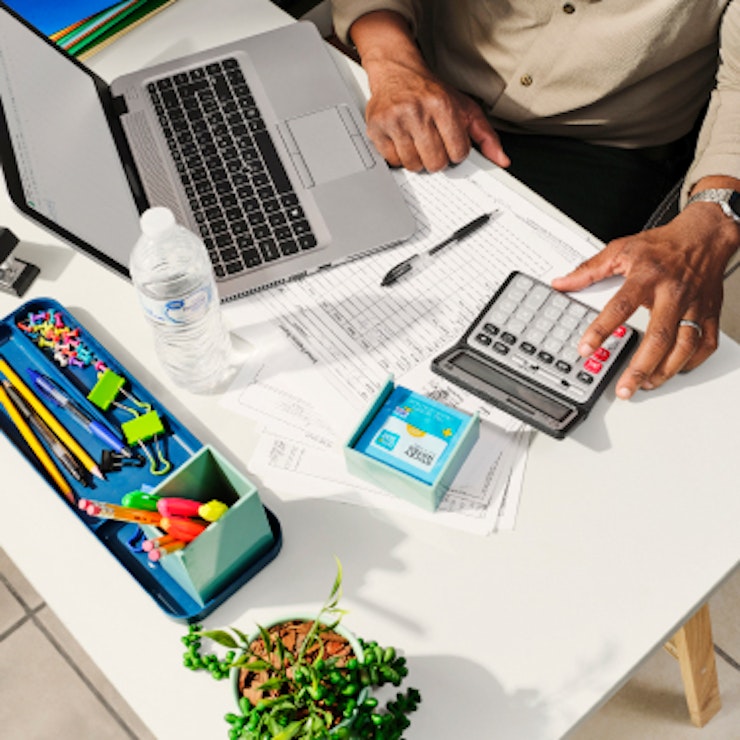
Entrepreneurs often use a prototype to solicit feedback, make design adjustments or introduce a concept to investors before officially finalizing and marketing their product or service to a wider market. Prototypes allow you to test components, design elements and use cases and make adjustments as you go.
But how can you keep track of all the various things you wish to test? A prototype testing plan can help you to stay organized and ensure you’re getting input on what matters most to future customers. Here’s how to design a prototype testing plan that makes the process easy and fun.
Set a hypothesis
Prototypes can serve a range of purposes and it’s important to zero in on one specific goal with your testing. Rather than going into the process with the idea, “I want to test my prototype,” set a more specific goal — e.g., “I want to see if people can use my prototype to do x.” Make sure your goal or hypothesis is specific and clear.


Many entrepreneurs go through multiple rounds of prototyping. Therefore, you may pick one goal to begin with, continue to iterate on your design and set new goals as you advance closer to a finished product. Most entrepreneurs start their prototype testing plan by validating that their concept is something consumers want.
[Read more: How to Create a Prototype]
Create a prototype
Next, you need to have something to test. There are different types of prototypes that you can use to collect feedback or reach a fundraising goal.
Low-fidelity prototypes are the most basic. They're usually paper-based, either a hand-drawn sketch or a mock-up. High-fidelity prototypes are more interactive; these models tend to be as close as possible to the final product. Live data prototypes are for digital products, like mobile apps or websites. These exist as lines of code and tend to be more interactive. And, lastly, feasibility prototypes are those designed to test a specific feature or component. For instance, you may take an existing product and swap a feature or two to see if the new substitutions change or improve the user experience.
If you’re planning to run a scenario in which you see how people use your products, keep the tasks open-ended.
The type of prototype you use depends on your goal. A feasibility prototype would be the right fit if you’re validating a design or trying a new component. However, if you’re fundraising, you might choose a high-fidelity prototype to get investors excited.
Prepare test questions or scenarios
You’ll need to ask a series of questions during your prototype testing to get the feedback you need. The way you frame your questions can make a huge difference, so spend time designing your usability questions.
Keep your questions open-ended and focused on the user’s goals. Some questions are better than others: For instance, “What did you like most/least about x product?” will give you more information than “Did you like this product?”
If you’re planning to run a scenario in which you see how people use your products, keep the tasks open-ended. Ikea’s usability study of their new website is a great example. The initial task, “Find a bookcase,” was later changed to “You have 200+ books in your fiction collection, currently in boxes strewn around your living room. Find a way to organize them.”
“Users in the second scenario were usually browsing through product categories and searching for any products that would be suitable for storing books, not necessarily products named ‘bookcase,’” wrote consumer insight firm Qualaroo. This helped Ikea’s website designers understand the path a customer might take to find a bookcase and design the site to make their task easier.
Do a trial run
Use a friend or family member to see if your prototype testing plan is going to give you the intended results. Running a few test runs before reaching out to customers, focus groups or investors can help ensure you’re well-prepared to bring your prototype to the masses.
[Read more: Looking for a Manufacturing Partner? 7 Key Industry Terms to Know]
CO— aims to bring you inspiration from leading respected experts. However, before making any business decision, you should consult a professional who can advise you based on your individual situation.
Follow us on Instagram for more expert tips & business owners’ stories.
CO—is committed to helping you start, run and grow your small business. Learn more about the benefits of small business membership in the U.S. Chamber of Commerce, here.







